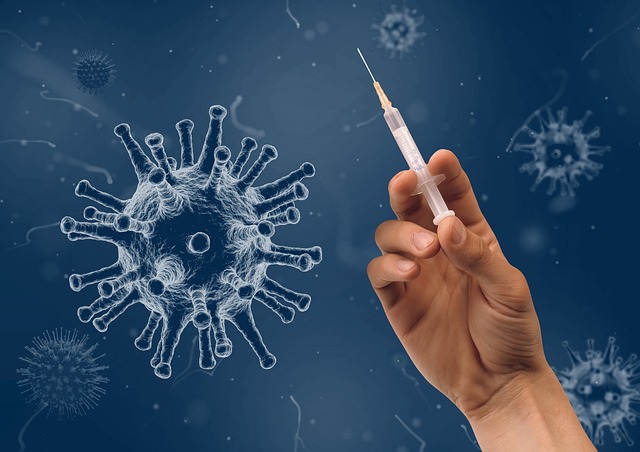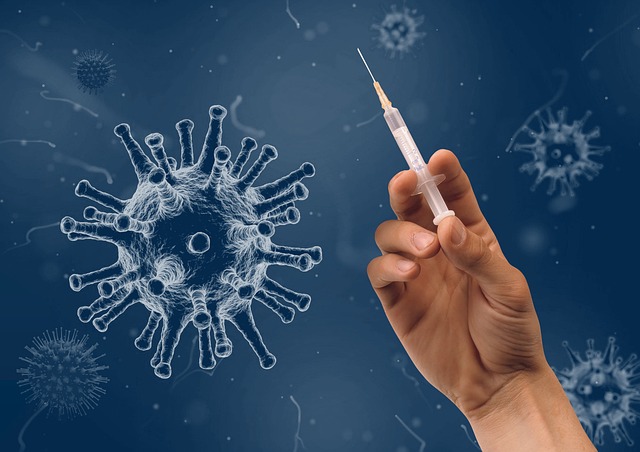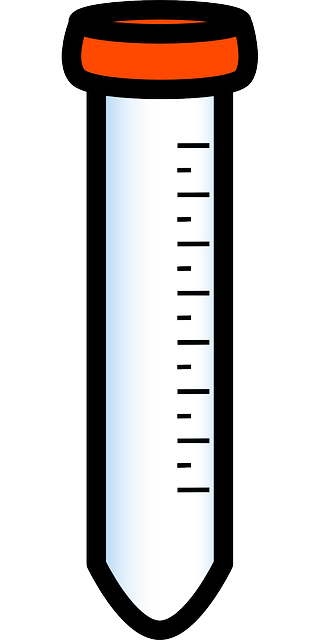In a multicultural UK healthcare setting, translation services for diagnostic test results are essential to bridge language gaps. Professional translators ensure accurate, culturally sensitive communication, fostering trust and patient engagement. This is vital for positive health outcomes, avoiding misdiagnosis, and improving care for diverse populations. Adhering to quality control standards enhances accuracy and safety in medical translations.
In today’s diverse healthcare landscape, ensuring proper patient care through effective communication is paramount. When dealing with translated diagnostic test results, especially in the UK, cross-cultural communication becomes crucial. This article explores various aspects of this process, from understanding cultural nuances to leveraging translation services and enhancing patient safety. We delve into best practices for translating medical reports, addressing challenges unique to UK healthcare, and ultimately improving access to quality care for all patients, regardless of language barriers.
- Understanding Cross-Cultural Communication in Healthcare
- The Role of Translation Services in Patient Care
- Accurate Diagnosis: Overcoming Language Barriers
- Enhancing Patient Safety through Effective Communication
- Navigating Diagnostic Results: A Patient's Perspective
- UK Healthcare: Challenges and Solutions for Translated Records
- Best Practices for Translating Medical Reports
- Improving Access to Quality Healthcare with Translation
Understanding Cross-Cultural Communication in Healthcare
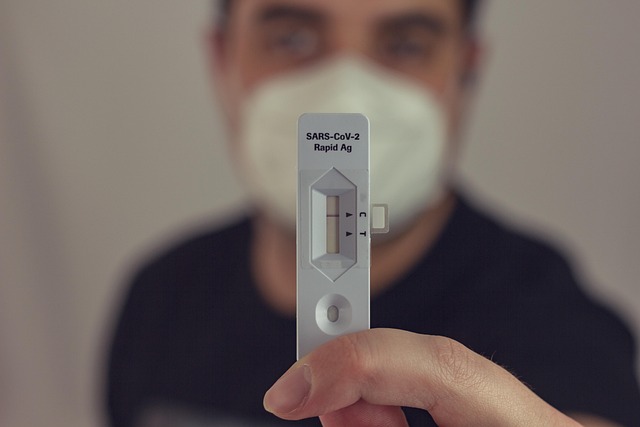
Effective communication is paramount in healthcare, especially when dealing with patients from diverse cultural backgrounds. In the UK, where a multitude of languages are spoken, ensuring clear and accurate cross-cultural communication can significantly impact patient care and outcomes. When it comes to diagnostic test results, translation services play a vital role in breaking down language barriers.
Healthcare professionals must be aware that simply translating medical terms is not enough; cultural nuances and context are equally important. Professional translation services for diagnostic test results should involve linguists who understand both the source and target cultures, ensuring that complex medical information is conveyed accurately and sensitively. This approach fosters trust, promotes patient engagement in their care, and ultimately leads to better health outcomes.
The Role of Translation Services in Patient Care
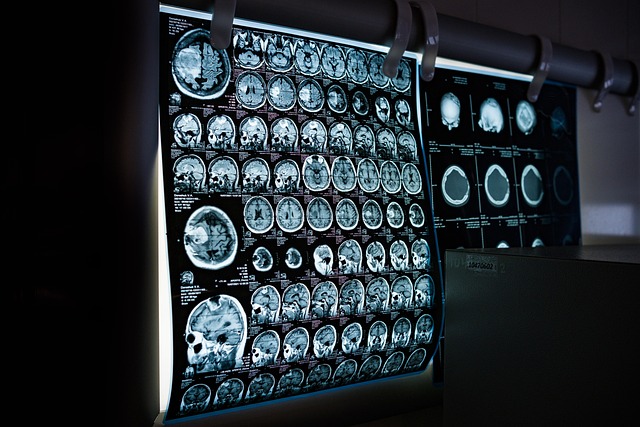
In modern healthcare, accurate and timely communication is paramount to ensuring patient safety and effective treatment. When dealing with patients from diverse linguistic backgrounds, translation services play a vital role in facilitating seamless understanding between medical professionals and patients. In the context of UK healthcare, where cultural diversity is increasingly prevalent, these services are indispensable.
Translation services for diagnostic test results ensure that complex medical information is conveyed accurately and clearly to patients, enabling them to fully comprehend their health status. This is crucial as miscommunication can lead to incorrect treatment decisions or patient anxiety. Professional translators with medical expertise specialize in translating technical terms and jargon, preserving the integrity of the diagnostic data while ensuring patient care remains at the highest level.
Accurate Diagnosis: Overcoming Language Barriers

In the healthcare sector, accurate diagnosis is paramount to ensuring effective treatment and patient outcomes. However, language barriers can pose significant challenges when interpreting diagnostic test results. For instance, a non-English speaking patient’s medical data may require professional translation services to convey critical information accurately.
Translation services for diagnostic test results in the UK play a vital role in bridging this communication gap. These services employ qualified translators who are well-versed in medical terminology, ensuring precise translations that maintain the integrity of the original data. This is essential to avoid misdiagnosis or delayed treatment due to language constraints, ultimately promoting better patient care and confidence in healthcare providers.
Enhancing Patient Safety through Effective Communication
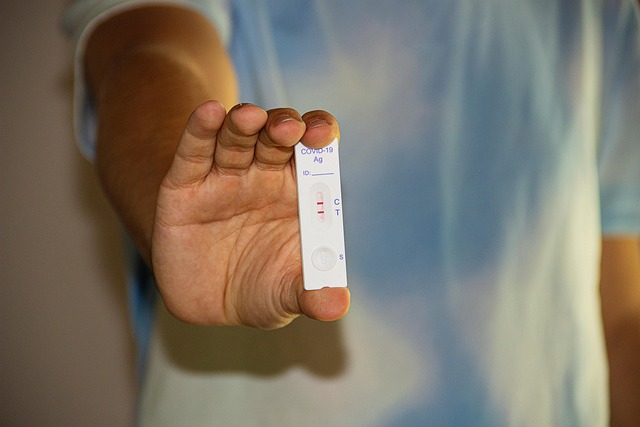
Effective communication is a cornerstone of patient care, and when it comes to diagnostic test results, clear and accurate translation services play a vital role in enhancing patient safety. In the UK, where healthcare systems are diverse and multicultural, ensuring that patients understand their test outcomes is crucial. Translation services for diagnostic test results facilitate this understanding by providing linguistically appropriate interpretations, bridging the gap between healthcare professionals and patients from various language backgrounds.
This process involves more than just word-for-word translation; it requires skilled translators who possess medical expertise to convey complex information accurately. By implementing these services, healthcare providers can minimize the risk of miscommunication, ensure patients receive proper care, and empower them to make informed decisions about their health. Effective communication builds trust and strengthens the patient-caregiver relationship, ultimately contributing to improved health outcomes.
Navigating Diagnostic Results: A Patient's Perspective
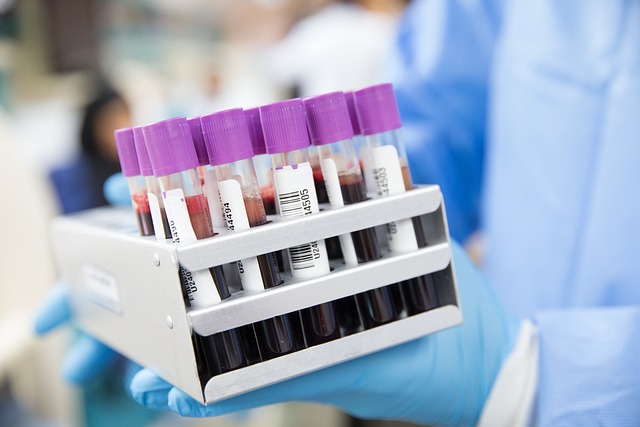
Receiving diagnostic test results can be a daunting experience, especially when they’re presented in a language other than your native one. In the UK, where healthcare services are diverse and multicultural, translation services for diagnostic test results play a vital role in ensuring proper patient care. For many individuals from different linguistic backgrounds, understanding their health status requires accurate interpretation of medical jargon and complex information.
Translation services step in to bridge this communication gap, providing clear and concise interpretations of diagnostic results. These services employ professional translators who are well-versed in both the patient’s native language and medical terminology. This ensures that patients can actively engage with their healthcare providers, ask relevant questions, and make informed decisions regarding their treatment plans.
UK Healthcare: Challenges and Solutions for Translated Records
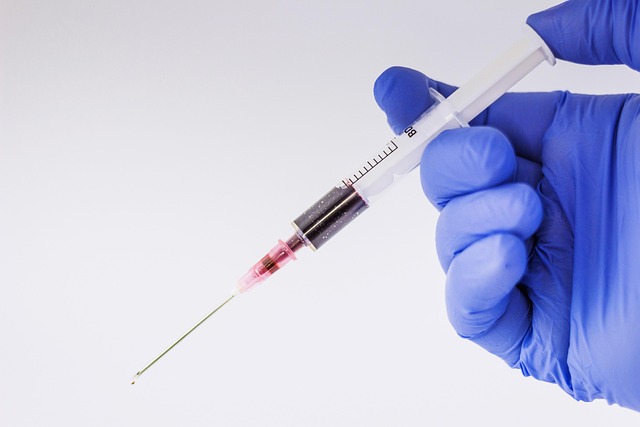
The UK healthcare system, renowned for its high standards and accessibility, faces unique challenges when dealing with patients from diverse linguistic backgrounds. Accurate and timely translation services for diagnostic test results are paramount to ensuring effective patient care. Delving into this issue reveals several hurdles, primarily related to the complex nature of medical language and the need for precision in communication.
One solution lies in the integration of professional translation services specifically tailored for medical documentation. These services employ skilled linguists with medical expertise who can navigate the technical jargon and cultural nuances associated with healthcare. By providing fast and reliable translations, they ensure that patients from non-English speaking backgrounds receive clear interpretations of their diagnostic results, fostering better understanding and compliance with treatment plans.
Best Practices for Translating Medical Reports

When translating medical reports, such as diagnostic test results, it’s paramount to uphold stringent best practices to ensure accuracy and patient safety. Reputable translation services for diagnostic test results UK should adhere to strict quality control measures, employing only qualified, experienced linguists with expertise in medical terminology. Standardization of medical vocabulary across different languages is crucial to maintain consistency in reporting. This includes utilizing recognized terminological resources like UMLS (Unified Medical Language System) or MeSH (Medical Subject Headings).
Furthermore, these services should follow established guidelines for translating health-related documents, such as those set forth by the International Organization for Standardization (ISO). This involves not just word-for-word translation but also cultural adaptation to ensure that the translated reports are clear, concise, and easily understood by healthcare professionals in the target language. Transparency about the translation process, including details on the linguistic expertise involved, should be a standard practice to build trust among healthcare providers relying on these critical translations.
Improving Access to Quality Healthcare with Translation
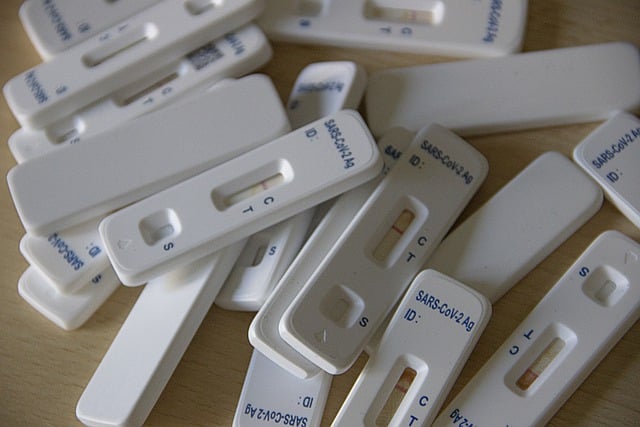
In today’s diverse healthcare landscape, ensuring access to quality medical care for all patients is paramount. One significant challenge has been effectively addressing communication barriers, especially when dealing with translated diagnostic test results. Translation services for Diagnostic Test Results UK play a pivotal role in overcoming these language obstacles and enhancing patient care. By providing accurate and timely translations, these services enable healthcare professionals to interpret and act upon medical data swiftly, regardless of the patient’s native tongue.
This accessibility is crucial in improving diagnosis accuracy and treatment outcomes. With translated results, patients from various ethnic backgrounds can receive clear explanations of their test findings, fostering better understanding and compliance with treatment plans. Moreover, these services contribute to reducing errors and miscommunications that may arise from language barriers, ultimately enhancing the overall quality of healthcare delivery in the UK.
Effective communication is key to ensuring patient safety and providing quality healthcare. By integrating translation services for diagnostic test results in the UK, healthcare professionals can overcome language barriers and significantly improve patient outcomes. The best practices outlined in this article offer a roadmap towards seamless cross-cultural communication, ultimately enhancing access to care for diverse populations. Translation plays a pivotal role in navigating complex medical landscapes, ensuring patients understand their diagnoses, and fostering trust between caregivers and those they serve.
